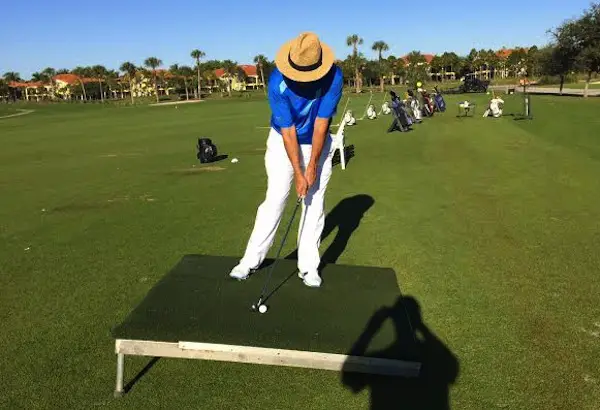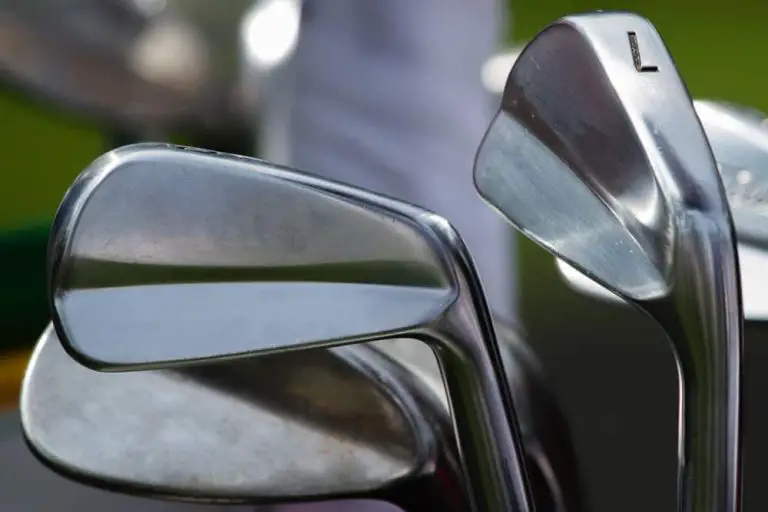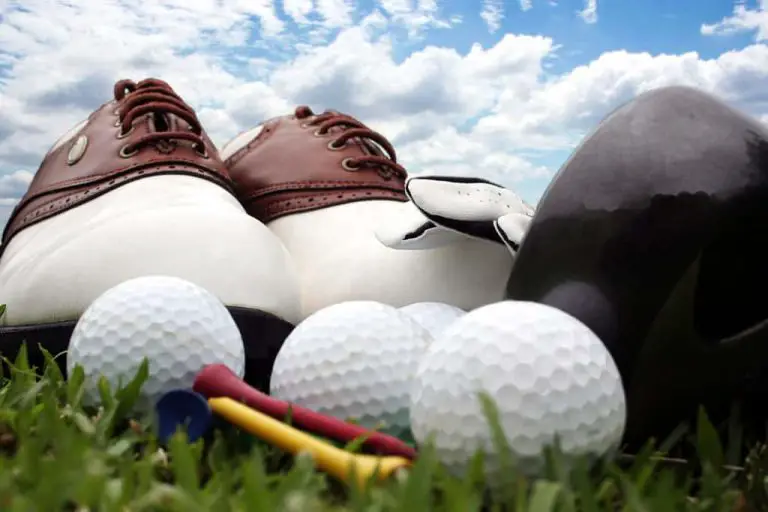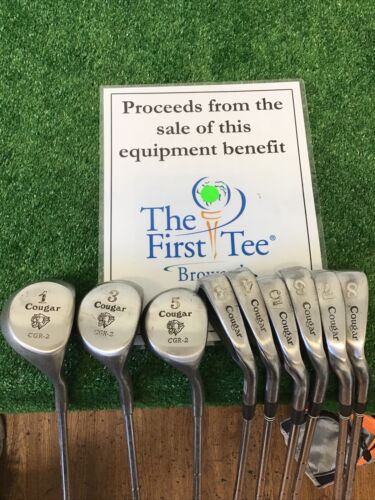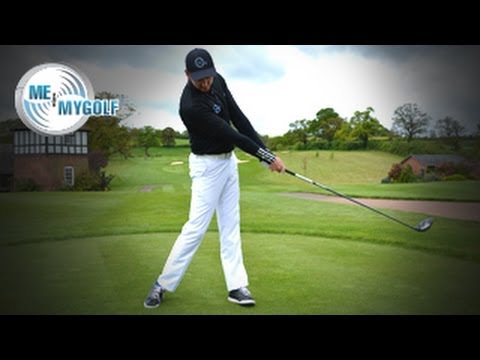U Grooves Vs V Grooves
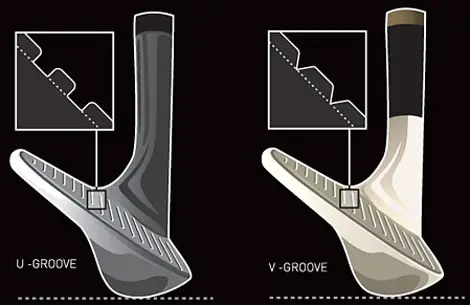
When it comes to the performance of golf clubs, the design and characteristics of clubface grooves play a pivotal role in a golfer’s ability to control the ball and optimize spin. Among the various groove options available, two popular types are U grooves and V grooves. Understanding the distinctions between these groove types is essential for golfers seeking to enhance their game.
In this article, we delve into the world of U grooves and V grooves, exploring their unique features, performance attributes, and impact on ball control and spin. By examining the differences between these two groove types, golfers can make informed decisions about which option aligns best with their playing style and course conditions.
From the shape of the groove edges to the spin generation and control capabilities, we uncover the nuances that set U grooves and V grooves apart. We also discuss the evolution of groove regulations in golf and the implications for the use of these groove types.
Whether you’re a seasoned golfer looking to fine-tune your equipment or a beginner curious about the impact of grooves on your game, this article serves as a comprehensive guide to understanding the distinctions between U grooves and V grooves. So, let’s dive in and explore the fascinating world of golf club grooves and their influence on your golfing experience.
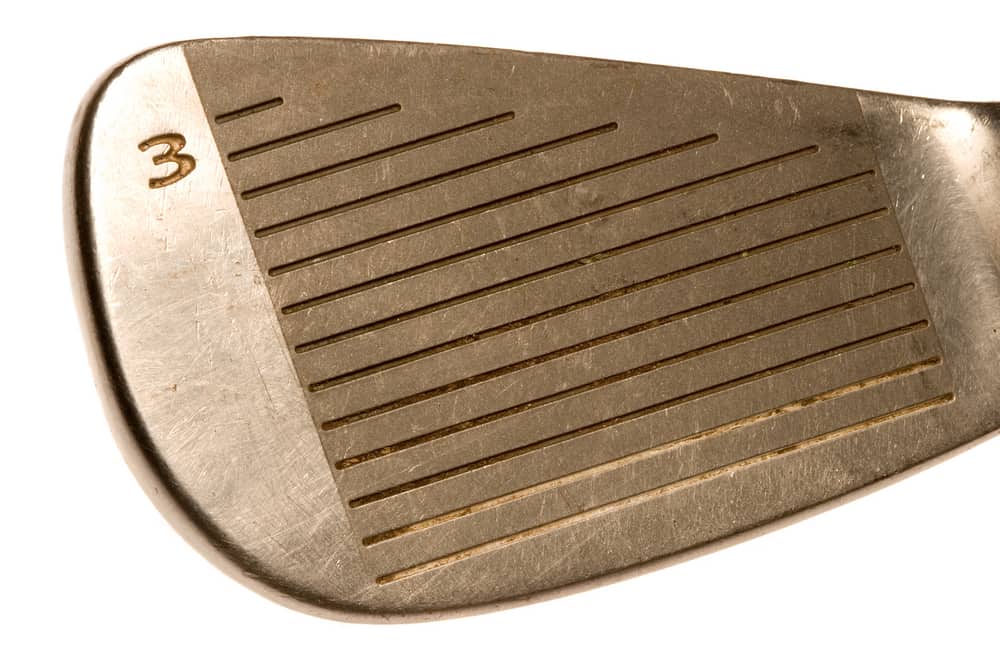
The Importance of Grooves in Golf Clubs
Golf club grooves are not just aesthetic features; they serve a functional purpose. Grooves are the indentations on the clubface that grip the golf ball upon impact, creating friction and spin. This interaction between the ball and the grooves plays a significant role in controlling the flight and trajectory of the shot.
Grooves help to channel away debris, such as grass or moisture, from the clubface, ensuring cleaner contact with the ball. Additionally, they increase the surface area in contact with the ball, enhancing ball control and spin.
U Grooves: Enhancing Spin and Control
U grooves, also known as square grooves, are characterized by their square-shaped edges. These grooves are designed to maximize ball spin and control, particularly in challenging conditions such as rough or wet grass.
The squared edges of U grooves create more friction between the ball and the clubface, resulting in increased spin rates. This added spin helps the ball grip the surface, reducing slippage and providing better control over shot trajectory.
U grooves are particularly beneficial in situations where a golfer needs to stop the ball quickly on the green or navigate through thick grass. They provide an advantage in generating backspin, allowing the golfer to attack pins and hold the ball on landing.
V Grooves: Optimizing Distance and Performance
V grooves, also known as sharp grooves, feature V-shaped edges. These grooves are designed to optimize distance and overall performance, particularly in fairway shots or firm conditions.
The V-shaped edges of V grooves reduce the amount of contact between the ball and the clubface, resulting in decreased spin rates. This lower spin helps to generate a flatter ball flight, maximizing distance and roll-out after landing.
V grooves excel in providing consistent distance and accuracy on well-manicured fairways. They are effective in reducing the effect of excessive spin that could result in loss of control or excessive backspin.
The Evolution of Groove Regulations in Golf
Over the years, governing bodies in golf have implemented regulations on groove design to maintain a balance between player skill and equipment performance. These regulations aim to prevent excessive spin and control, enhancing the challenge of the game.
The United States Golf Association (USGA) and the Royal and Ancient Golf Club of St. Andrews (R&A) introduced groove regulations in 2010, limiting the sharpness and depth of grooves. The intention was to reduce the overall spin generated by grooves and restore an emphasis on shotmaking skills.
Since then, golf clubs conforming to these regulations have become standard for competitive play at the highest levels. However, recreational golfers can still use clubs with various groove designs, including U grooves and V grooves.
Performance Differences: U Grooves Vs V Grooves
The choice between U grooves and V grooves ultimately comes down to personal preference, playing style, and course conditions. Let’s compare the performance attributes of these two groove types:
| Aspect | U Grooves | V Grooves |
|---|---|---|
| Spin Generation | High spin rates, especially in rough or wet conditions | Lower spin rates, promoting a flatter ball flight |
| Control | Enhanced control and shot-shaping capabilities | Consistent distance and accuracy on well-manicured fairways |
| Ball Flight | Higher trajectory with increased spin | Flatter trajectory with reduced spin |
| Shot Stopping Power | Effective in generating backspin and stopping the ball quickly | Less backspin, resulting in more roll-out |
| Preferred Conditions | Ideal for challenging conditions like rough or wet grass | Suitable for fairway shots and firm conditions |
It’s important to consider factors such as playing style, skill level, course conditions, and personal preferences when choosing between U grooves and V grooves.
Player Considerations: Choosing the Right Groove Type
Selecting the appropriate groove type requires careful consideration. Here are a few factors to keep in mind when making your decision:
- Playing Style: Assess your playing style and shot preferences. Are you more focused on precision and control, or do you prioritize distance and overall performance?
- Course Conditions: Consider the typical conditions of the courses you play. Are they often wet and challenging, or are they well-maintained with firm fairways?
- Skill Level: Evaluate your skill level and ability to generate consistent spin and control with different groove types.
- Equipment Compatibility: Ensure that your chosen groove type aligns with the regulations set by governing bodies if you participate in competitions.
Groove Maintenance and Compliance
To maintain optimal performance and adhere to groove regulations, it’s important to properly maintain your golf club grooves. Regular cleaning and careful inspection help ensure that the grooves remain sharp and effective.
Cleaning your clubface with a soft brush or groove cleaner after each shot removes debris and prevents dirt buildup. This ensures that the grooves maintain their functionality and maximize their performance.
It’s also essential to comply with the groove regulations set by golf’s governing bodies. Familiarize yourself with the rules and guidelines to ensure that your equipment conforms to the standards if you plan to participate in competitive play.
Conclusion: Choosing the Right Grooves for Your Game
The choice between U grooves and V grooves comes down to individual preferences and the specific demands of your golf game. Each groove type offers distinct advantages and considerations.
U grooves excel in generating spin and control, particularly in challenging conditions, while V grooves optimize distance and overall performance on well-maintained fairways. Assessing your playing style, skill level, and course conditions will help you determine the groove type that suits your needs best.
Remember, whether you prefer U grooves or V grooves, proper groove maintenance and compliance with regulations are essential for maximizing performance and ensuring fair play.
Embrace the benefits that grooves offer, experiment with different types, and find the groove design that enhances your ability to control the ball and achieve success on the golf course.

